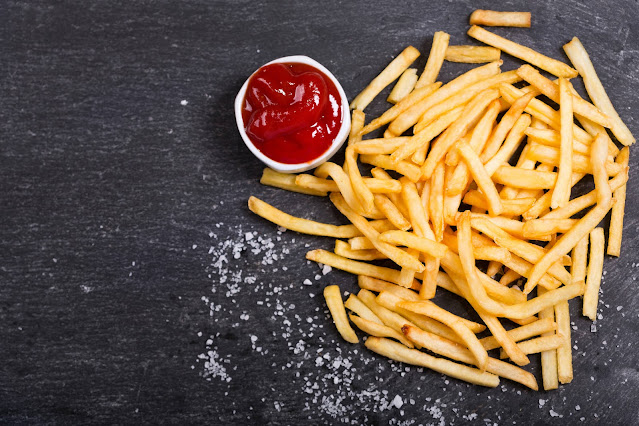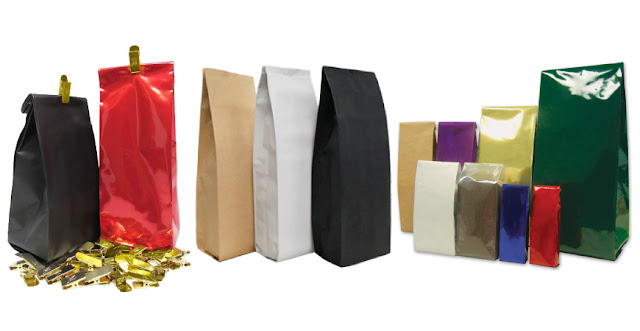Food Safety and Quality Standards in the French Fries Market
Food safety and quality standards play a crucial role in ensuring the integrity and safety of products in the French fries market. As a widely consumed and globally traded food item, French fries are subject to stringent regulations and guidelines to protect consumers' health and maintain the reputation of the industry.
One of the primary concerns in
the French fries market is the risk of microbial contamination. Potatoes, being
a raw agricultural product, can harbor harmful pathogens such as E. coli and
Salmonella. To address this, food safety measures begin at the farm level with
good agricultural practices (GAPs). These practices include proper irrigation,
sanitation, and hygiene to reduce the risk of contamination during cultivation.
During processing, strict hygiene
protocols are followed to prevent cross-contamination and ensure the removal of
any potential hazards. This includes thorough cleaning of processing equipment,
regular sanitation checks, and proper handling of raw materials.
Cooking and frying processes are
also critical in ensuring food safety. Proper temperature control during frying
is essential to kill harmful bacteria, and regular monitoring and calibration
of equipment are required to maintain consistent results. Overcooking or
undercooking can lead to foodborne illnesses or a compromised product quality.
Quality standards in the French
fries market go beyond food safety and encompass various aspects of the
final product. The appearance, taste, texture, and nutritional content are all
considered when assessing quality. To maintain uniformity and meet customer
expectations, the size and color of French fries are carefully controlled
during processing.
Additionally, as consumers become
more health-conscious, there is a growing demand for healthier options. Quality
standards now include parameters for reducing sodium content, using healthier
cooking oils, and exploring alternative ingredients to cater to diverse dietary
preferences.
Many countries have established
regulatory bodies that set and enforce food safety and quality standards in the
French fries market. These regulations may include maximum residue limits for
pesticides, acceptable levels of additives and preservatives, and
microbiological criteria for pathogens.
Furthermore, international
organizations such as the Codex Alimentarius Commission provide guidelines and
standards for food safety and quality that serve as a reference for global
trade. Compliance with these standards is crucial for exporters and importers
to ensure the smooth flow of French
fries across international borders.
Food safety and quality standards
also extend to packaging and labeling. Clear and accurate labeling of
ingredients, nutritional information, allergens, and storage instructions help
consumers make informed choices and avoid potential health risks.
Food safety and quality standards
are of paramount importance in the French fries market. Implementing robust
safety measures throughout the supply chain, from farming to processing and
packaging, is essential to protect consumers from foodborne illnesses and
maintain the market's reputation. As consumer preferences and regulatory
requirements evolve, the industry must continuously adapt to meet the highest
standards of safety and quality while providing consumers with a diverse range
of delicious and safe French fry products.




Comments
Post a Comment